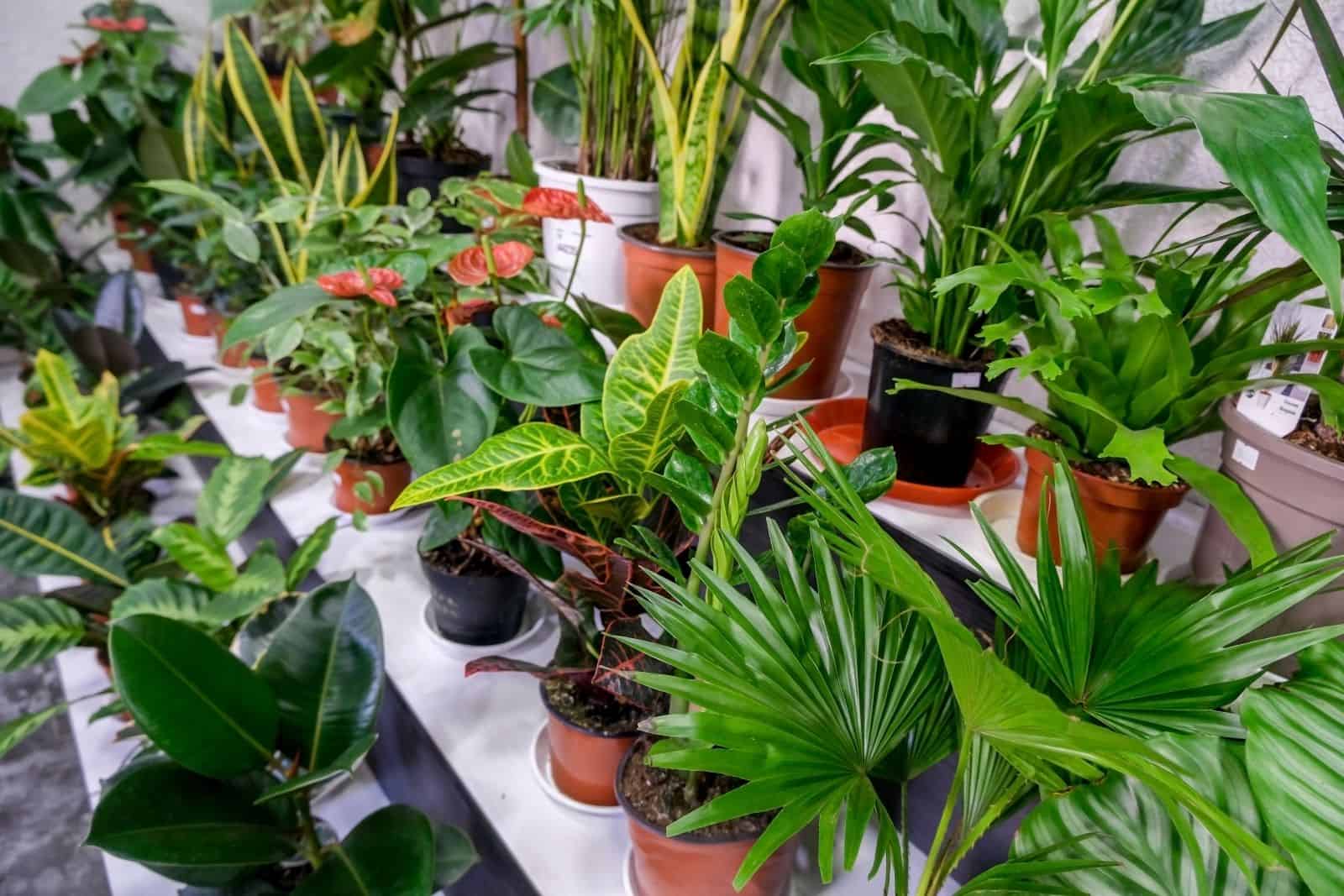
These 10 air purifying indoor plants help purify and clean the air at home and in your office.
There are many reasons to have houseplants. They are beautiful. Indoor plants can improve your mood and make a home feel like… well, home. But did you know that many plants can actually improve indoor air quality by removing toxins from the air?
When we bring furniture, carpets, inks, and dyes into our homes, we often unwittingly introduce toxins into the air. If left unabated, these toxins can cause long-term issues such as respiratory ailments, allergies, and headaches. The best air purifying indoor plants can help.
Not all houseplants are ideal for purifying indoor air. But these houseplants that have been found to effectively improve indoor air quality. Plus, these 10 houseplants help you to create a healthier home with minimal effort.
Common Indoor Air Pollutants
Toxins in our furniture, in building supplies, and products we use can accumulate in our environment reducing indoor air quality in our homes and offices. In 1989, NASA conducted its renowned Clean Air Study. This study examined common indoor air pollutants and the houseplants best able to naturally remove those contaminants from indoor air.
The results of that study found that there are five toxins commonly found in homes. Those toxins can have serious health effects over time, depending on exposure rate, length of exposure and other factors. Those most common indoor air pollutants include:
- Benzene. Found in plastics, resins, dyes, synthetic fibers and more. Benzene can cause dizziness, increased heart rate, mental confusion, frequent headaches, and unconsciousness in high doses.
- Xylene. Tobacco smoke, car exhaust and products produced by the paint and leather industries all can contain xylene. In high doses, xylene has been linked to serious heart issues, liver and kidney toxicity, and comas.
- Formaldehyde. Products like paper bags, face tissues, paper towels, and plywood paneling all can contain formaldehyde. Exposure to this chemical can cause serious consequences, such as nose and mouth irritation and swelling of the lungs.
- Trichloroethylene, Most often found in building supplies, such as paints, lacquers, adhesives, and varnishes. High concentrations of trichloroethylene have been linked to headaches, dizziness, vomiting and even comas.
- Ammonia. Found in some window cleaners, fertilizers, and floor waxes, ammonia can cause coughing, sore throats and eye irritation.
Luckily for us, NASA also determined that some common are ideal natural purifiers to add to your home. These plants are houseplants readily available for purchase at nurseries and garden centers. According to NASA, a single plant can purify the air in a 100 square foot space quite well. But add more plants to your rooms and they clean your air that much more efficiently.
Our Top 10 Favorite Air Purifying Indoor Plants
Many houseplants can filter some contaminants out of the air. But not all plants are equal, and some plants are simply better at removing toxins from the air. Below are our top 10 choices for the best air purifying plants for your home. We also include some simple care requirements to help you keep your plants healthy. To make it easier to find these plants, we have included links for you to buy them online. Home Garden and Homestead is a member of the Amazon affiliate program. We receive a small commission (at no cost to you) when you buy using our links.
1. Florist’s Chrysanthemums, a.k.a. Mums (Chrysanthemum morifolium)
Florist’s chrysanthemums (mums) were noted by NASA to be one of the top two best air purifying indoor plants. Capable of reducing common pollutants, from ammonia to xylene, in indoor air, these little purifying powerhouses are hard to beat. Often grown outdoors as autumn annuals, indoor mums can be grown as perennials.
These attractive flowering plants and can reach up to 24” in height. The gorgeous blooms can range from white, lavender, yellow, gold, pink, and bronze. Mums are easy to care for houseplants, requiring only average humidity levels. To keep your mums thriving, try to place them in direct morning light and out of hot afternoon sunlight. Keep the soil moist at all times. Chrysanthemum plants are widely available at garden centers, and you can also grow your own plants with chrysanthemum seeds.
Mums can be susceptible to common pests such as aphids and spider mites. So, spraying them periodically with an organic horticultural oil like Summit Year-Round Spray Oil is a good idea. Mums are also mildly toxic to house pets, so locate them in an appropriate spot in your home.
Air Purifying Indoor Plant #2: Peace Lily (Spathiphyllum species)
Like mums, peace lilies are great at removing all five common indoor air contaminants. Preferring bright, indirect light, peace lilies are very easy to keep and can even adapt to low light situations.
Peace lilies are terrific houseplants, but they are prone to wilting quickly in arid conditions. So, apply a balanced, organic fertilizer regularly throughout the growing season and keep the soil moist, but not soggy. When kept happy, peace lilies will bloom freely. However, their flower is actually a modified leaf and not a flower at all!
Like other lilies, peace lilies can be quite toxic to house pets, particularly cats. For that reason, they are not recommended for homes where felines are present. When your peace lily or other houseplant outgrows its pot, just follow these easy steps to repot your plant. You can buy a peace lily plant here.
Air Purifying Indoor Plant #3: Variegated Snake Plant (Sansevieria trifasciata)
Snake plants are known to reduce all common air pollutants except ammonia. That’s why they made it to this list of air purifying indoor plants. They are a great houseplant for cleaning the air in homes and in office environment.
Snake plants are actually succulents that have very simple needs. They need soil that is left to dry between waterings and often only need to be watered once a month. (The easiest way to kill a snake plant is by overwatering.)
Pot your snake plant in a potting mix that’s suitable for cacti and succulents. Fertilize your plants once or twice a year. Mildly toxic to pets, snake plants can adapt to low to medium light rooms and are slow growing. Click here to buy a snake plant.
4. Cornstalk Dracaena, a.k.a. corn Plant (Dracaena fragrans)
Cornstalk dracaena, or corn plants, are so named because they slightly resemble the leafy foliage found on corn crops. Corn plants are adept at removing trichloroethylene, benzene, and formaldehyde from the air.
Cornstalk Dracaena are easy to grow, so they are great choices for beginners. They adapt well to light shade or filtered light. But corn plants can suffer from sunburn when exposed to bright sunlight. Check Price Here.
Allow your corn plants to dry out between waterings. Water only when the top 1” of soil is dry to the touch to prevent root rot. Mildly toxic to pets, try misting your plants occasionally to remove dust accumulations and increase humidity levels for better growth.
5. Red-Edged Dracaena, a.k.a. Dragon Tree (Dracaena marginata)
Several dracaena species are ideal plants for indoor air purification. But the dragon tree is one of the best plants for the job. Boasting spiky red and green foliage, dragon trees are low maintenance plants that are relatively drought tolerant. They do well in partial shade to bright light.
Keep your dragon tree looking pretty by watering only when the top of the soil is dry to the touch. Fertilize minimally. Dust your plant to keep its leaves looking their best. When properly cared for, dragon trees can grow up to 6 feet tall indoors! Check price on Amazon.
Air Purifying Indoor Plant #6: English Ivy (Hedera helix)
English ivy is great at reducing many indoor air pollutants. When most people think of English ivy, they think of an outdoor plant. But English ivy does well indoors when placed in bright light. If lighting is inadequate, your plant can get leggy or lose coloration in its leaves. Water your plant when the top 1 to 2” of soil feels dry to the touch.
Sometimes considered an invasive plant outdoors, English ivy has vigorous roots. (Make sure you don’t let the vines start to form roots that can damage indoor surfaces.) English ivy can benefit from misting during winter months, and it can be easily propagated in water. Locate your ivy well out of reach of any furry paws because it is toxic to pets. Check price and availability.
7. Pothos, a.k.a. Devil’s Ivy (Epipremnum aureum)
Another popular vining houseplant, pothos come in many different varieties. They look particularly appealing when grown on a trellis or potted in a hanging basket. As one of the best air purifying indoor plants, pothos are excellent at removing benzene, formaldehyde, and xylene from the air.
It’s super simple to keep a pothos happy. They adapt well to low light situations. Water when the top 1 to 2 inches of soil is dry to the touch. This plant can be easily propagated in water or soil. But don’t let your pets chew on a pothos–because they are toxic to pets. Buy a pothos plant now.
Air Purifying Indoor Plant #8: Broadleaf Lady Palm (Rhapis excelsa)
Lady palms are another great indoor air purifier. Broadleaf lady palms are prized for their sprays of fan-shaped leaves perched high on upright stems. Well-suited to homes with low light, these slow growing plants can reach up to 6 feet tall when properly cared for.
Only water your lady palm when the top 1 to 2 inches of soil is dry to the touch. Increase waterings in warm summer months. A humidifier or regular misting can keep your palm leaves from getting overly dry. Non-toxic to pets, lady palms are a safe choice if you have kitties who tend to munch on plant leaves. Check price on Amazon.
9. Chinese Evergreen (Aglaonema modestum)
Chinese evergreens are well-known for being resilient plants with simple needs. Preferring filtered to low light, allow your Chinese evergreens to dry out a bit between waterings. Because these plants tend to be cold-sensitive, water them with room temperature water only.
Toxic to pets, Chinese evergreens can be susceptible to sunburn. Avoid placing them in direct light and give your plant an occasional misting from time to time. If you want to propagate your plant, Chinese evergreen plants do well with both soil and water propagation.
10. Spider Plant (Chlorophytum comosum)
No air-purifying plant list would be complete without the simple, but lovely, spider plant. Spider plants come in both variegated and solid coloration patterns and are very easy to propagate.
These wonderful plants excel at filtering formaldehyde and xylene from the air. Spider plants require moderate watering and humidity levels. To keep your plant happy, water when the top 1 to 2” is dry to the touch. Also, mist your plant regularly. Click here to Buy a Spider Plant.
Conclusion
There are many excellent reasons to add houseplants to your home. One of the most overlooked reasons is how plants can function as air purifiers. And the best air purifying indoor plants do a really good job of cleaning the air.
All plants naturally release oxygen as part of the photosynthesis process. But some plants are more efficient and effective at reducing harmful chemicals in the air as well. These chemicals can have serious long-term or even fatal consequences.
While mechanical air purifiers are useful, they use electricity and, over time, can cost you a substantial amount of money. Air purifying plants, however, are much cheaper to maintain and much more pleasurable to look at.
Consider adding a few of the best air purifying plants listed above to your home. Now take a deep, relaxing breath. You will feel good knowing you have taken an active step towards creating a healthier and cleaner home environment.


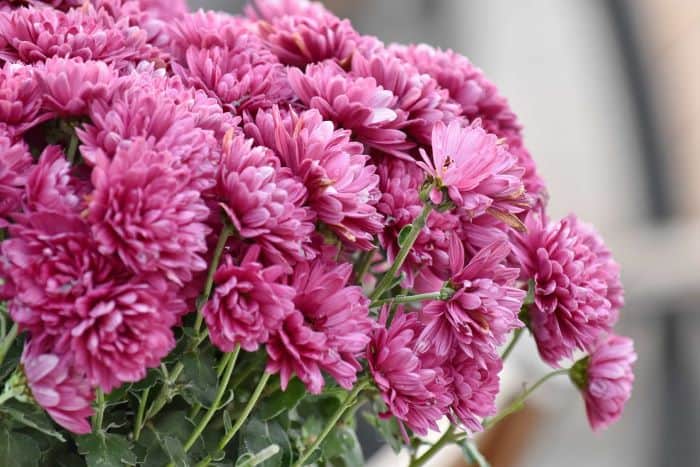
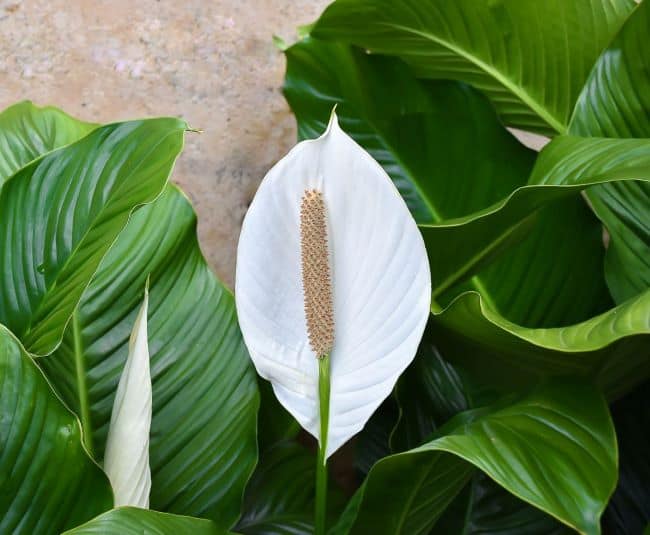
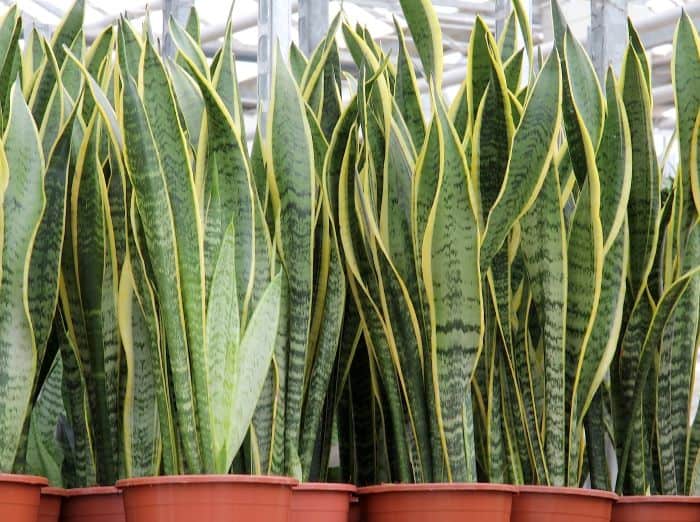
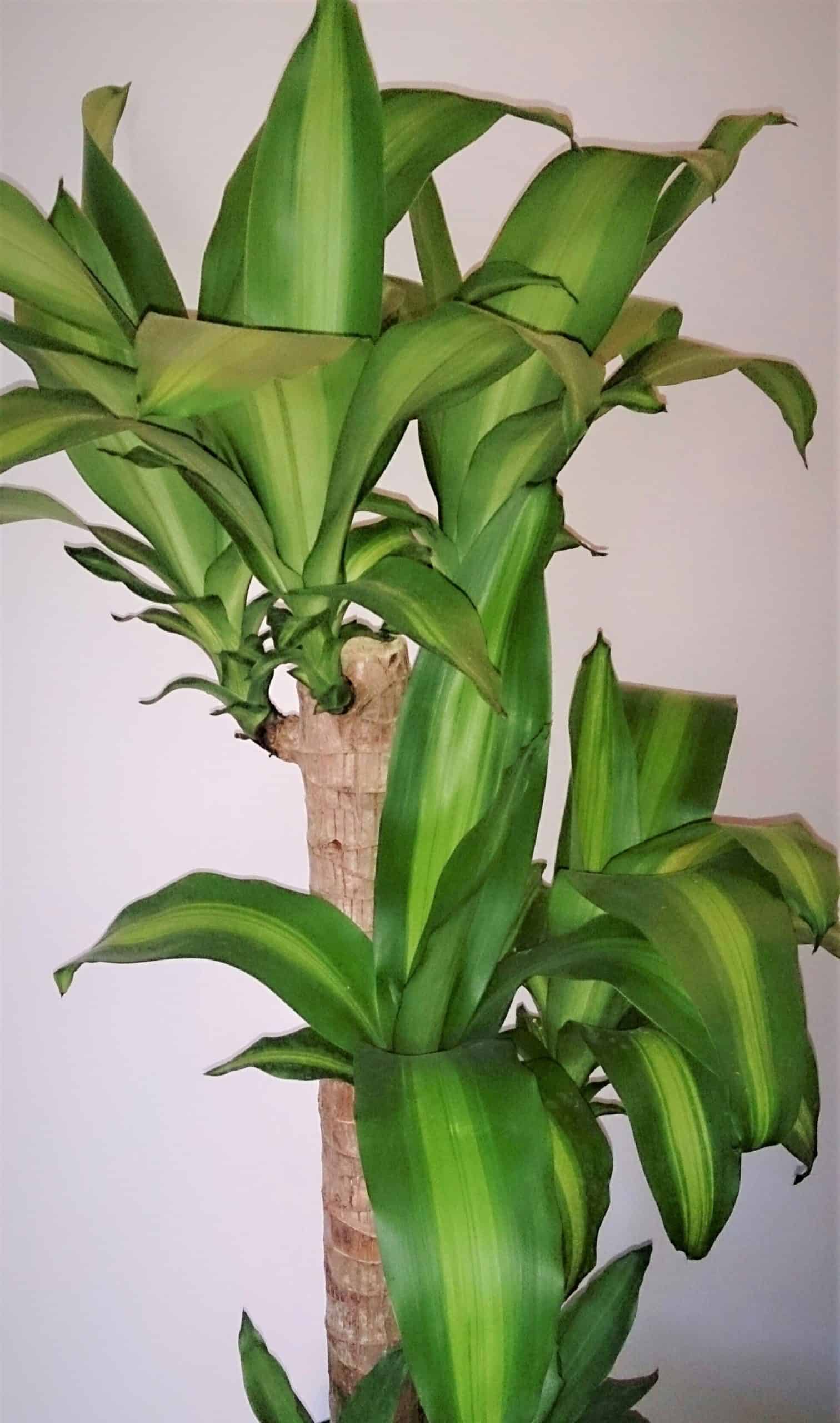
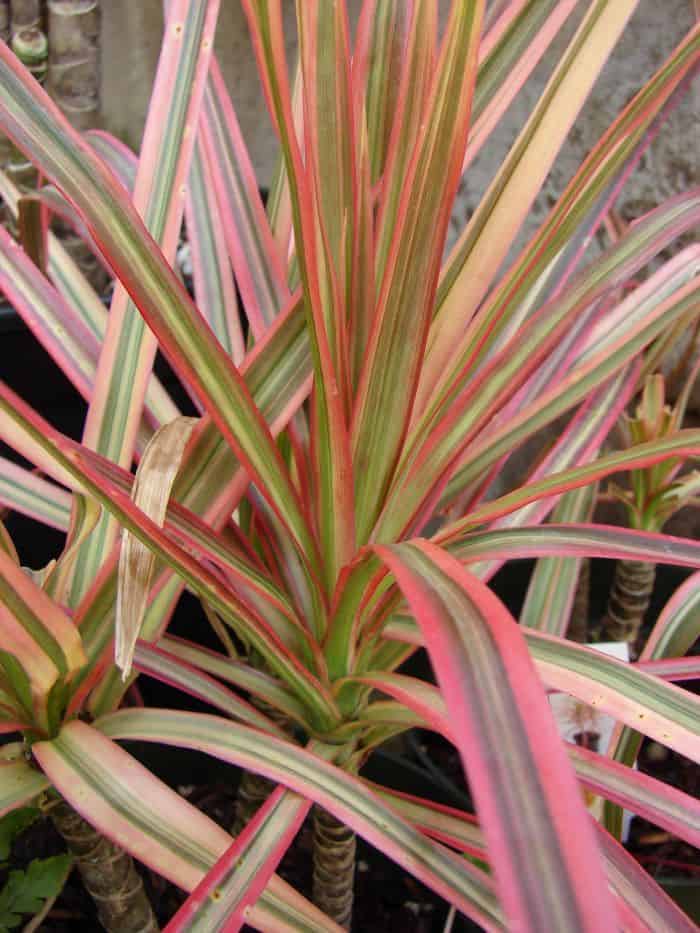
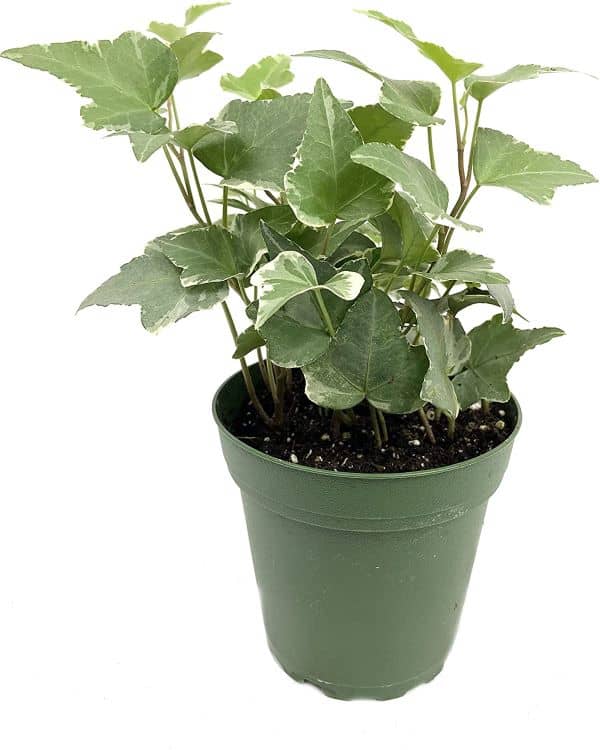
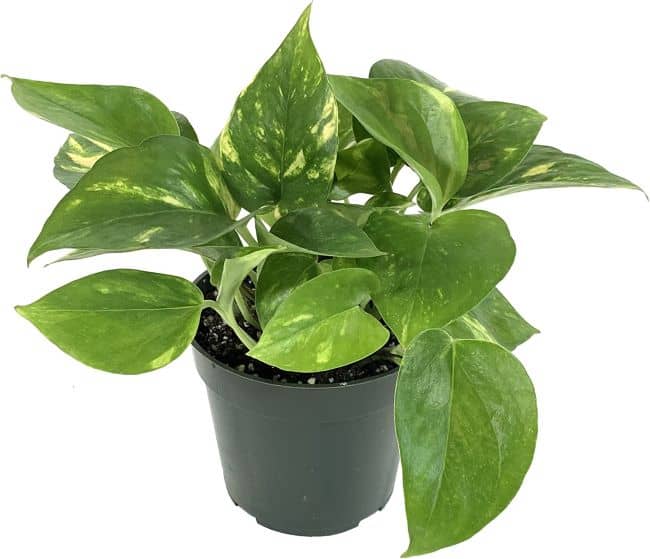
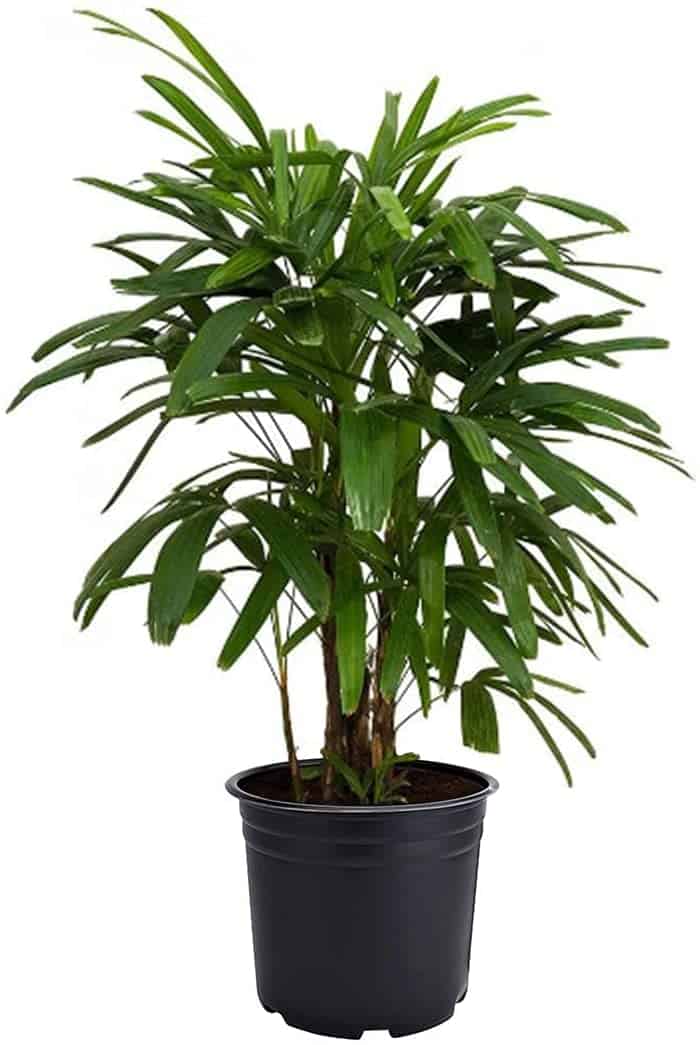
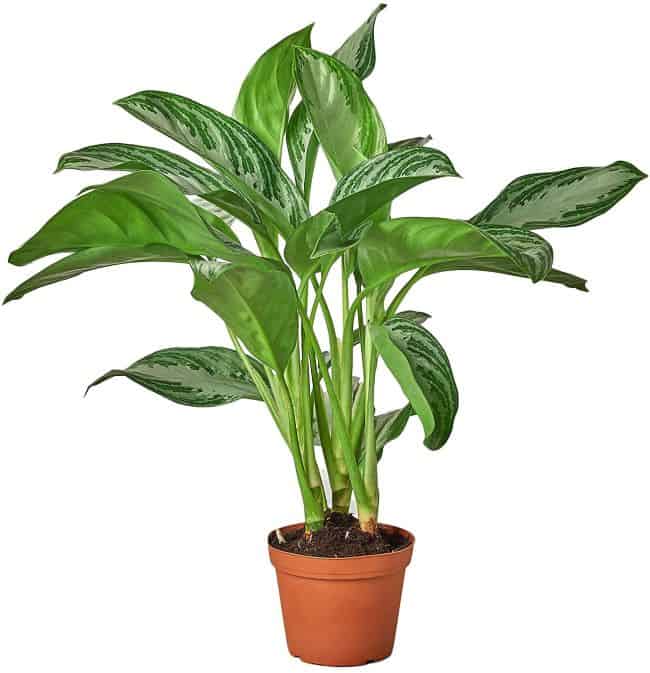


Leave a Reply